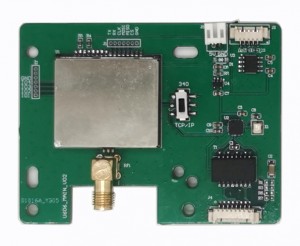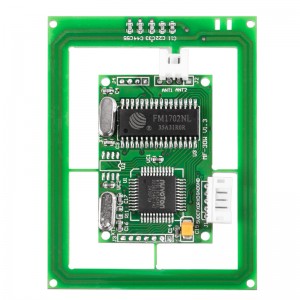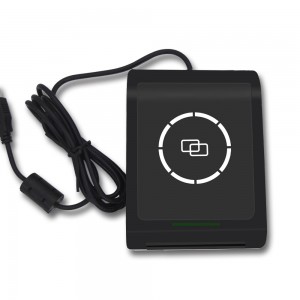Introduction to CPU Card Knowledge Tutorial - Chapter 2: How to Use CPU Cards in Actual Situations?
A simple example of CPU card usage:
Hardware: One PC+one card reader+one CPU card reader communicates with the PC through a serial port, which is a common practice.
Software: A small program that can read and write CPU cards on a PC (usually card reader providers provide function interfaces for developing CPU cards and small tools for reading and writing CPU cards)
What is the process of operating the CPU card?
1. The CPU card reading and writing program on the PC sends instructions to the PC's serial port (such as serial port 1)
2. The card reader and serial port 1 are connected together, and the instructions from the serial port are transmitted to the card reader
3. The card reader then passes instructions to the CPU card
4. CPU card executes instructions internally and returns a message
What is the format of the instruction?
We can give this example:
Anyone who has used DOS knows:
CD C:\
This command indicates entering the root directory of the C drive
The corresponding CPU card has this instruction: SELECT MF
This instruction represents entering the root directory of the card, but due to the operating system of the CPU card
It's relatively simple, it can't handle things that are purely characters, and when giving instructions to cards, it must
Convert instructions to hexadecimal format:
The instruction format for converting to a card is: 00 A4 00 00 02 3F 00
The specific specifications for each character are specified in ISO7816-4.
If you are interested, you can check the specific standards. The following are some boring international standards for IC cards:
1. The physical characteristics comply with the physical characteristics of various identification cards specified in ISO7816:1987 and all dimensions of financial transaction cards specified in ISO7813
In addition, it should also comply with the additional characteristics, mechanical strength, and electrostatic testing methods specified in the international standard ISO7816-1:1987.
2. Contact size and position. It should comply with the provisions of the international standard ISO7816-2:1988.
3. Electrical signals and transmission protocols. The power supply and information exchange between IC cards and interface devices should comply with the provisions of ISO/IEC7816-3:1989.
4. Exchange commands between industries. There is a corresponding international standard ISO/IEC7816-4:1994. But the version has not been officially approved yet.
5. The numbering system and registration process of application identifiers should comply with the provisions of the international standard ISO/IEC7816-5:1994. The country of inductive smart cards
International standards include: ISO \ IEC10536-1:1992, ISO \ IEC10536-2:1995, ISO \ IECDIS10536-3:1995, ISO14443-2, etc.





















